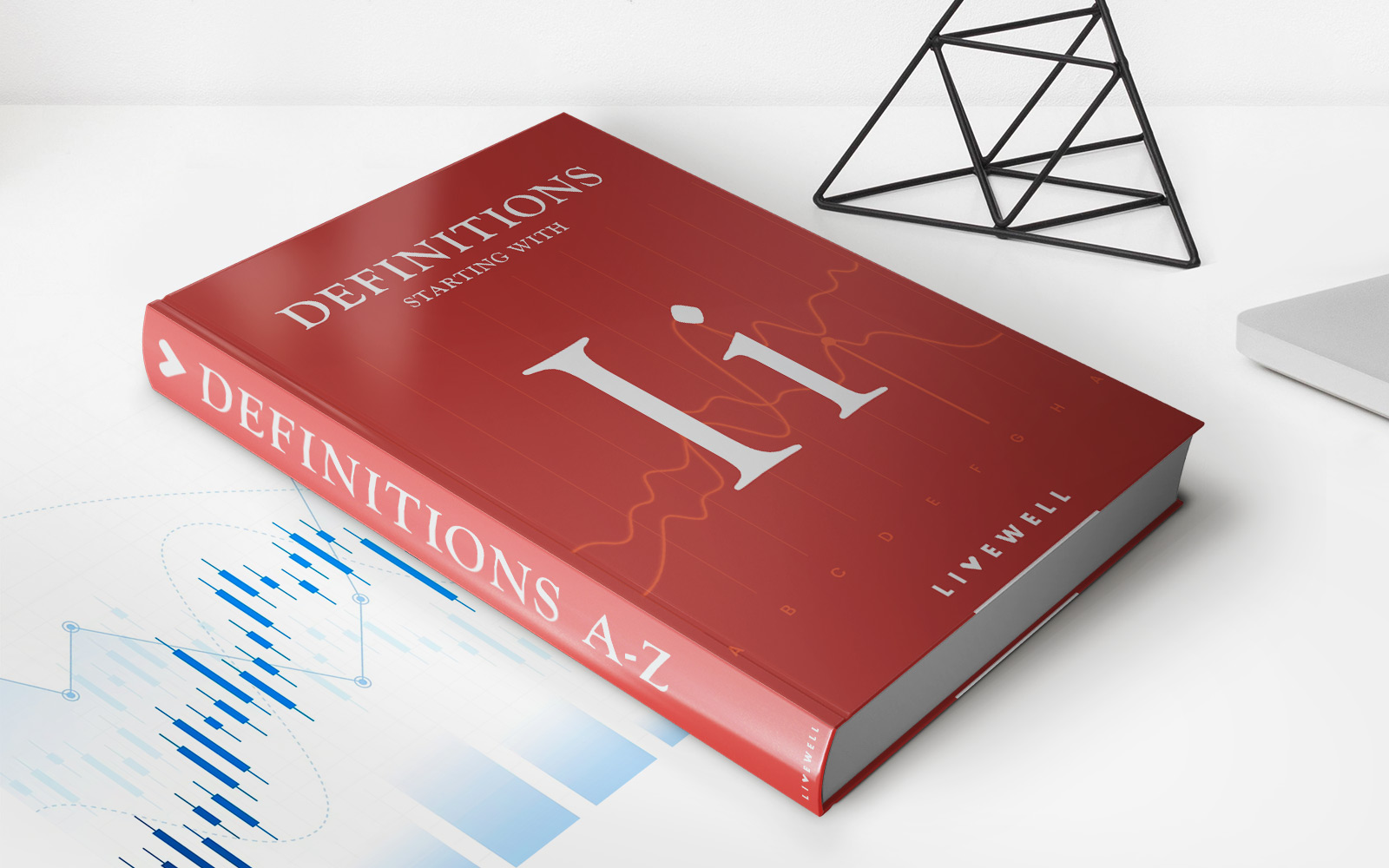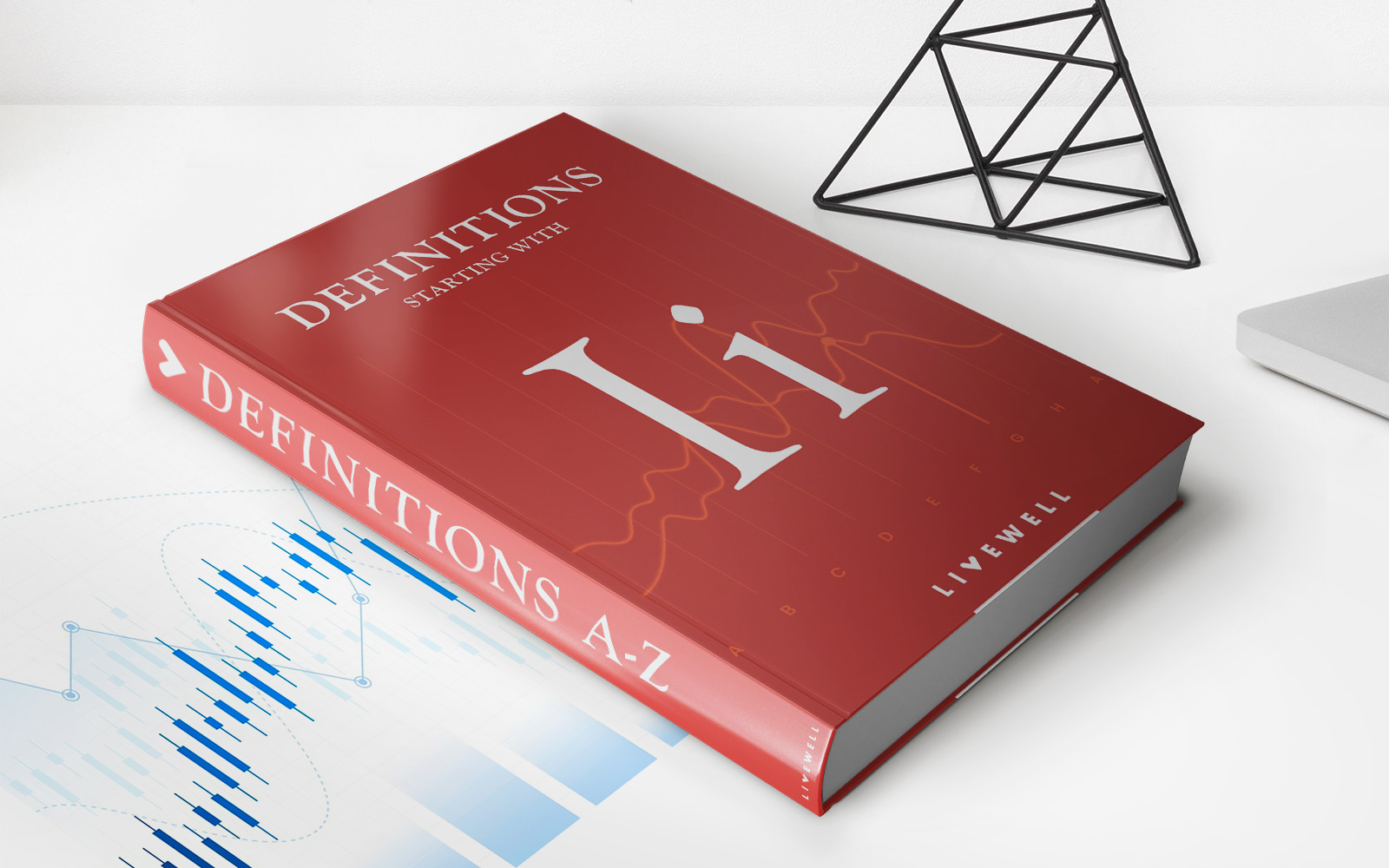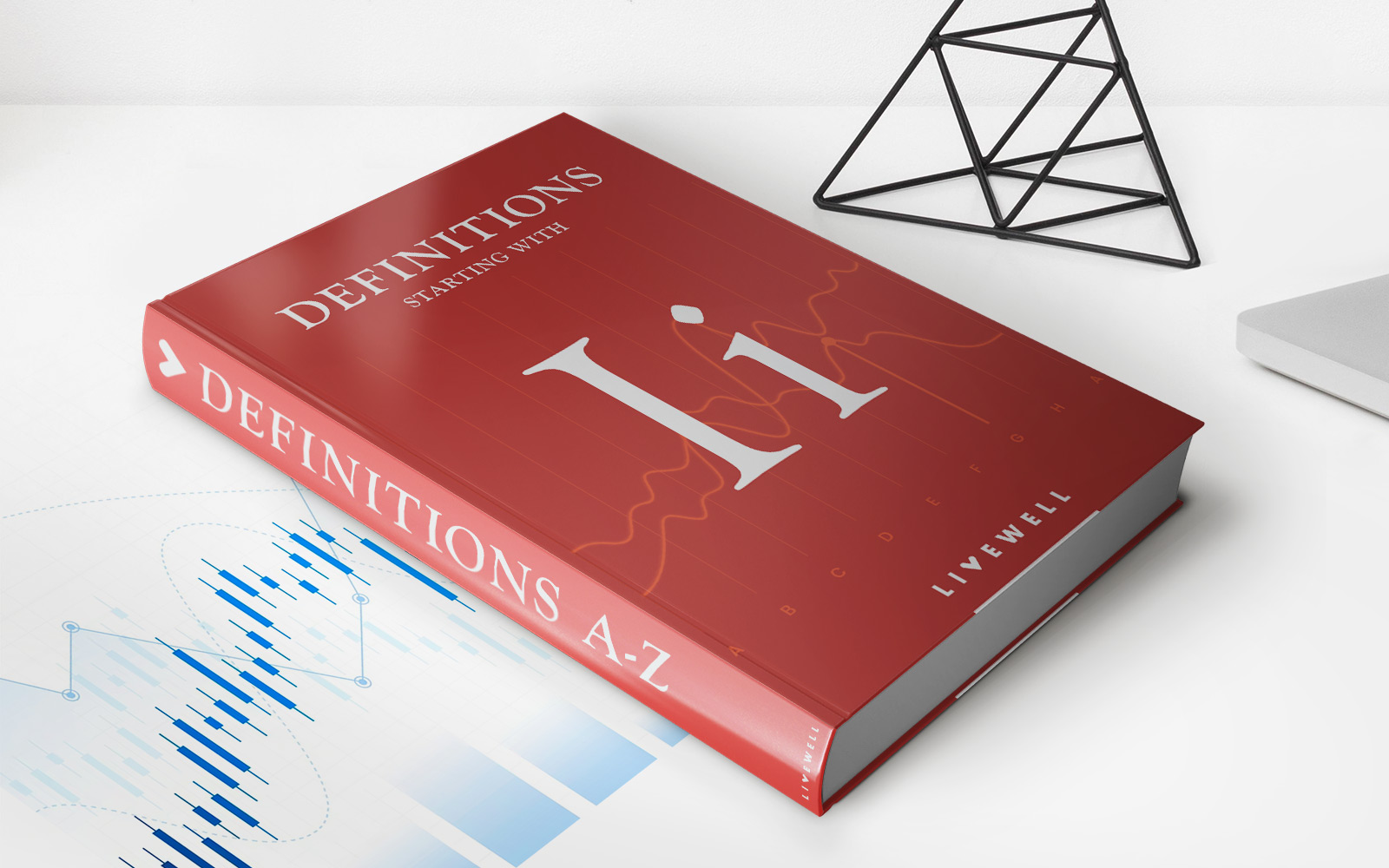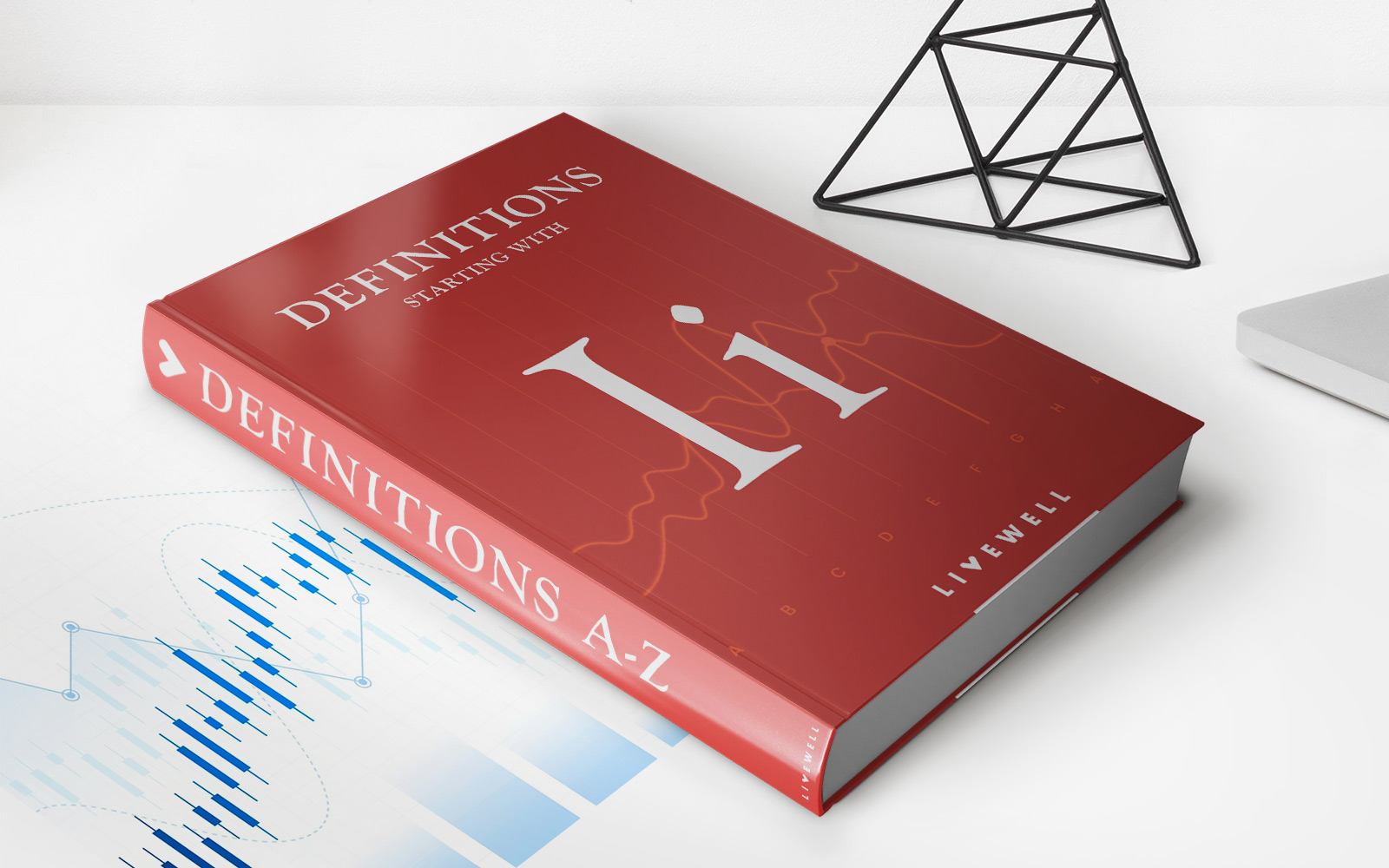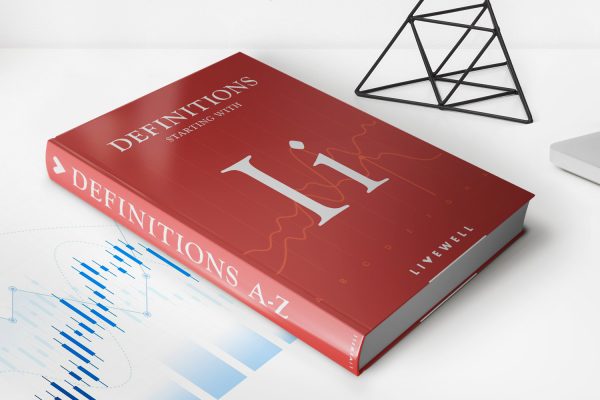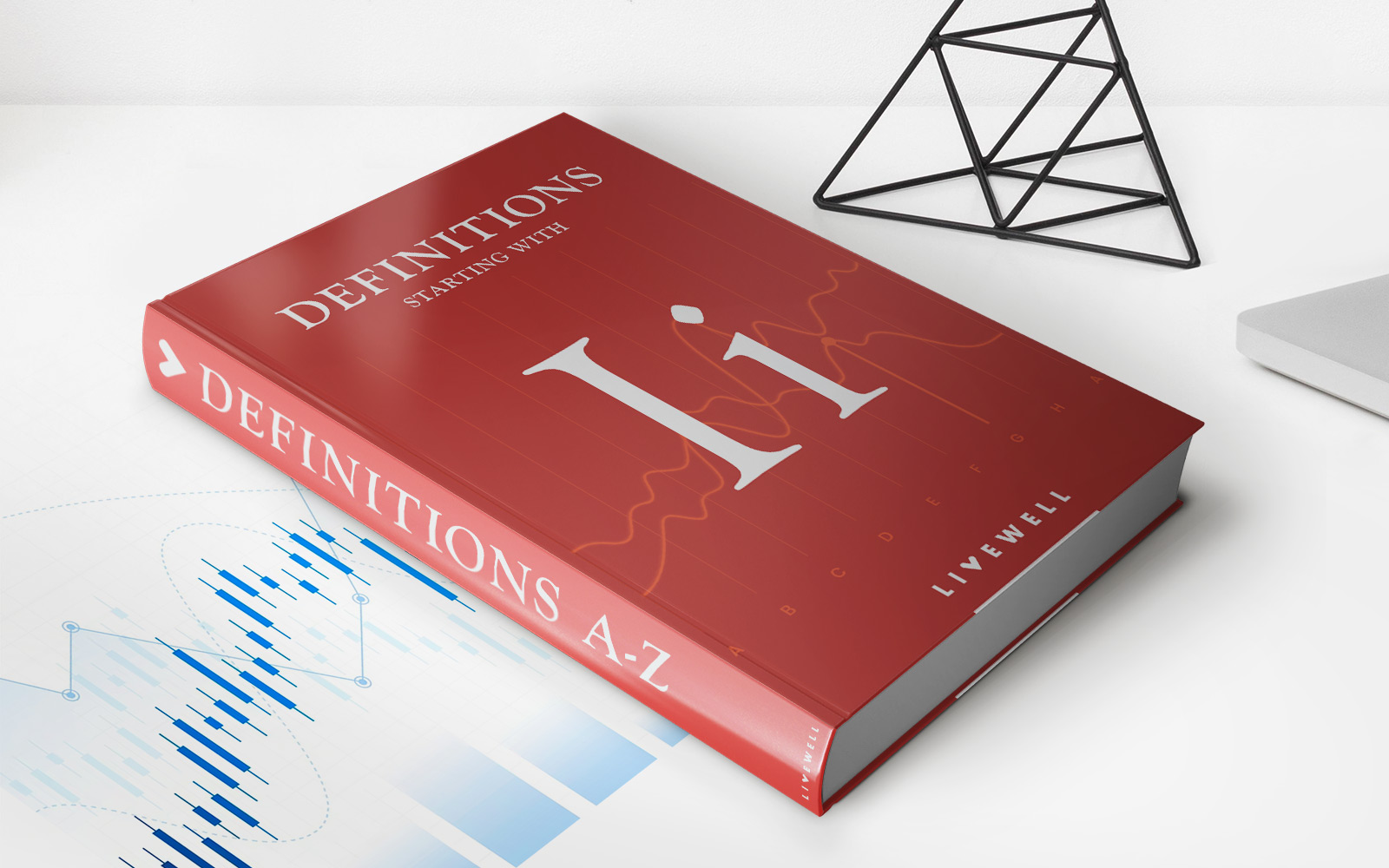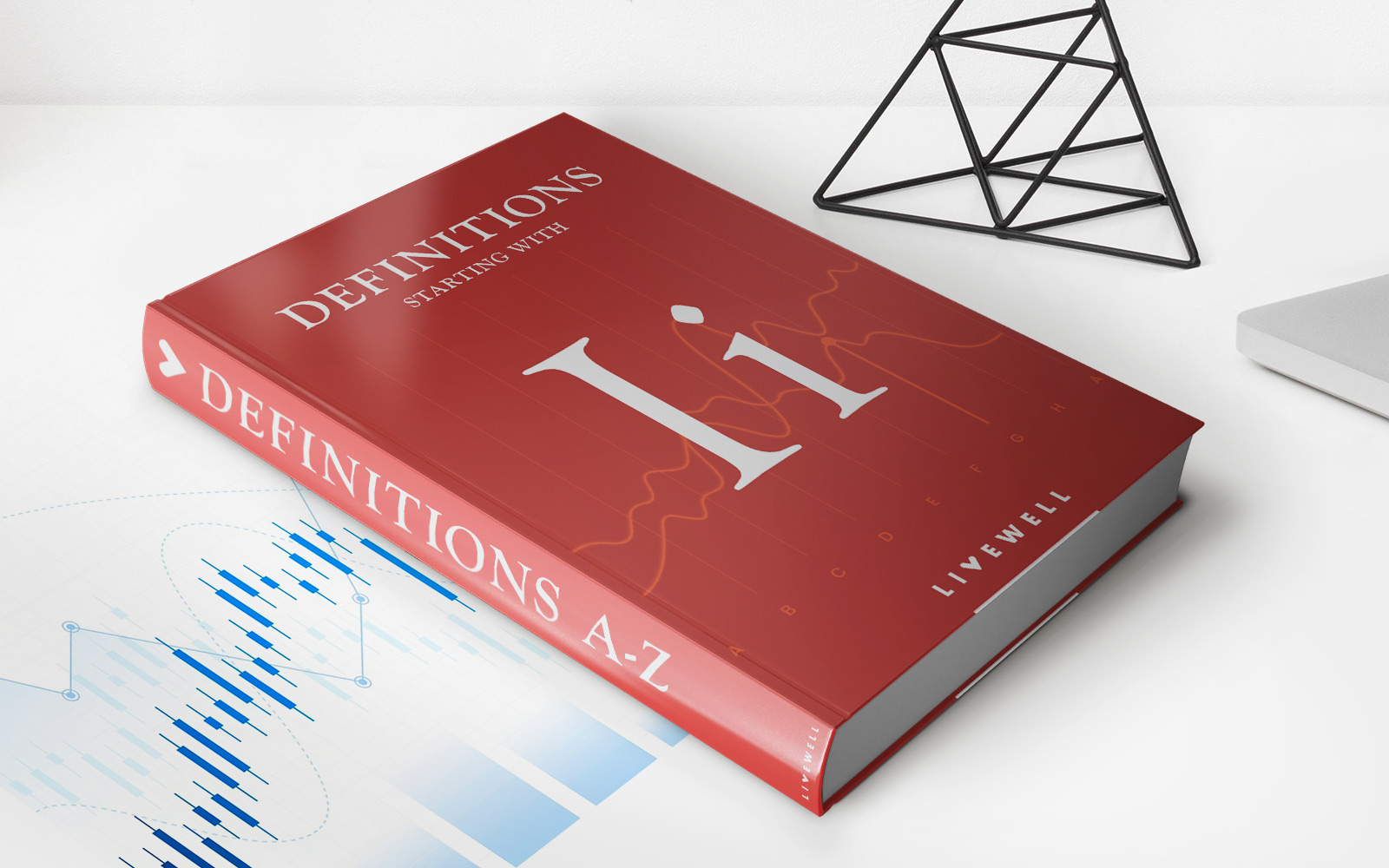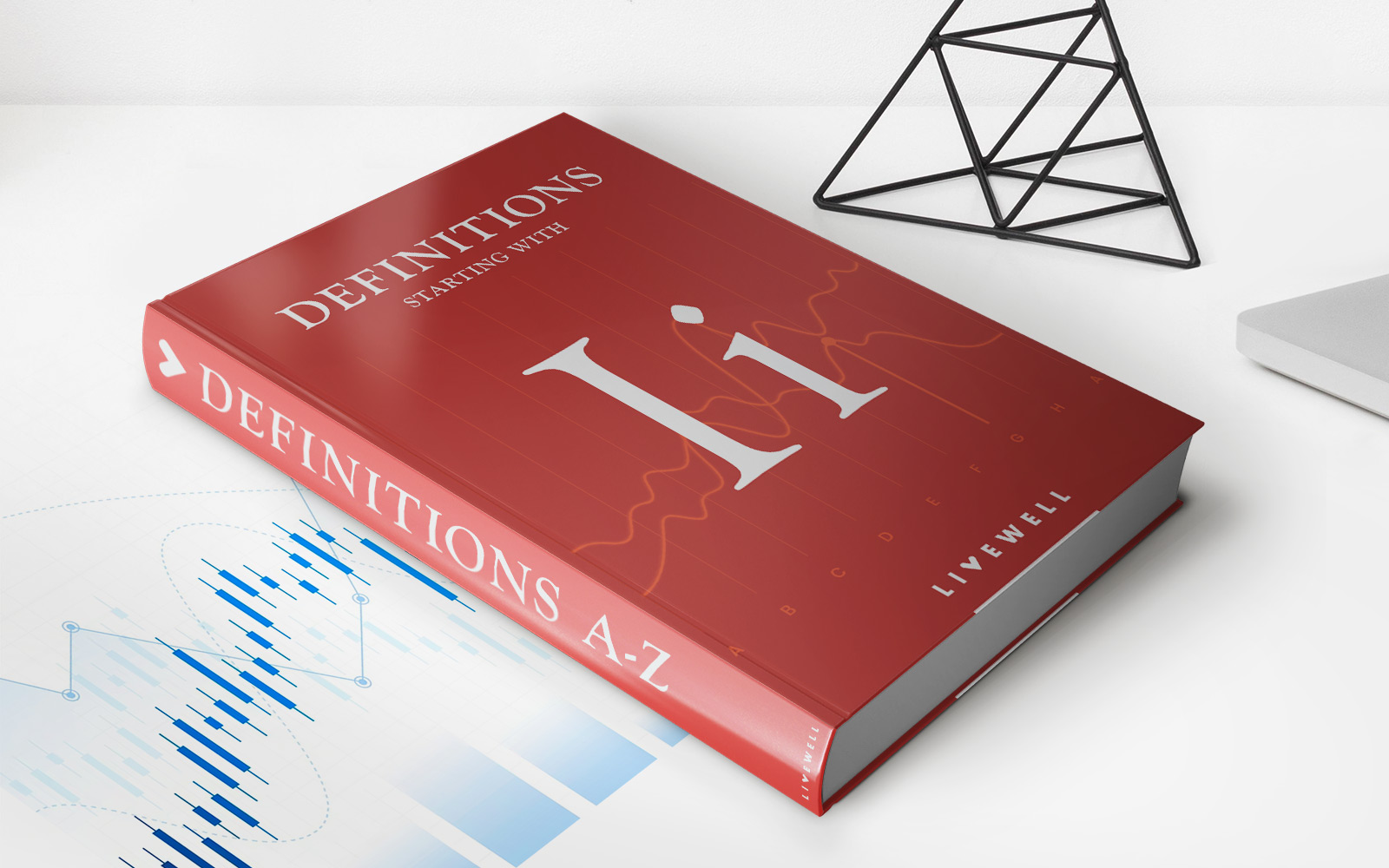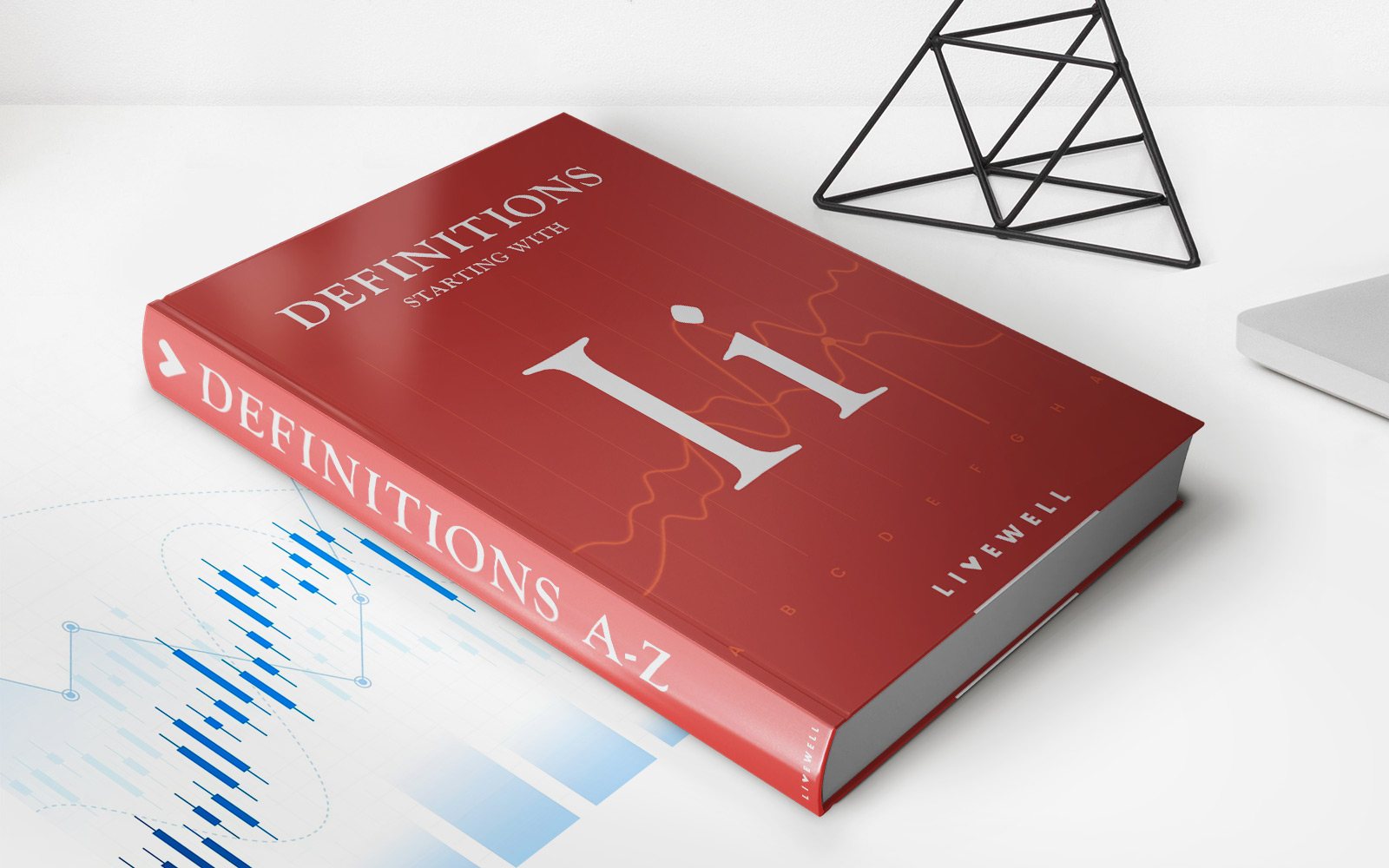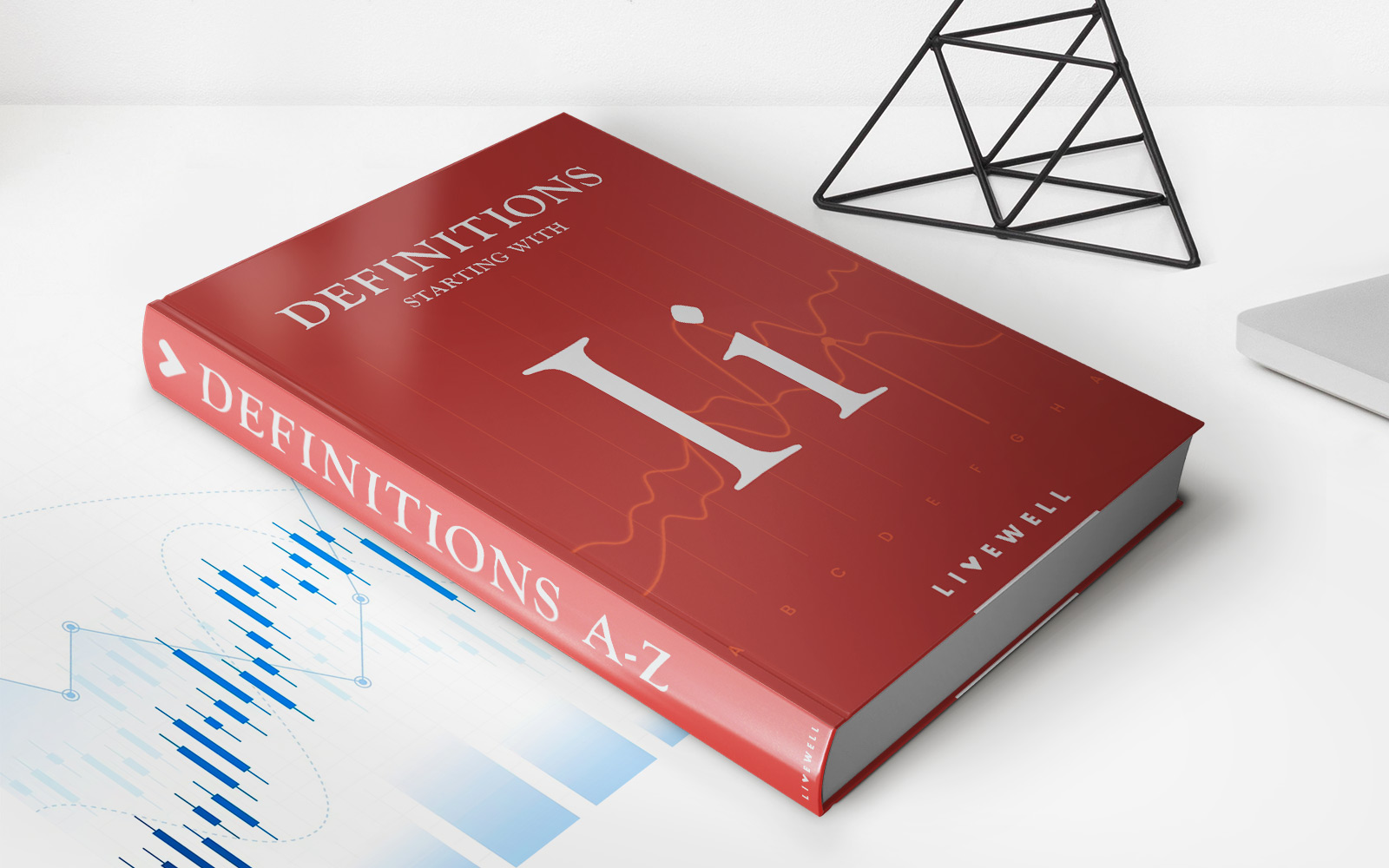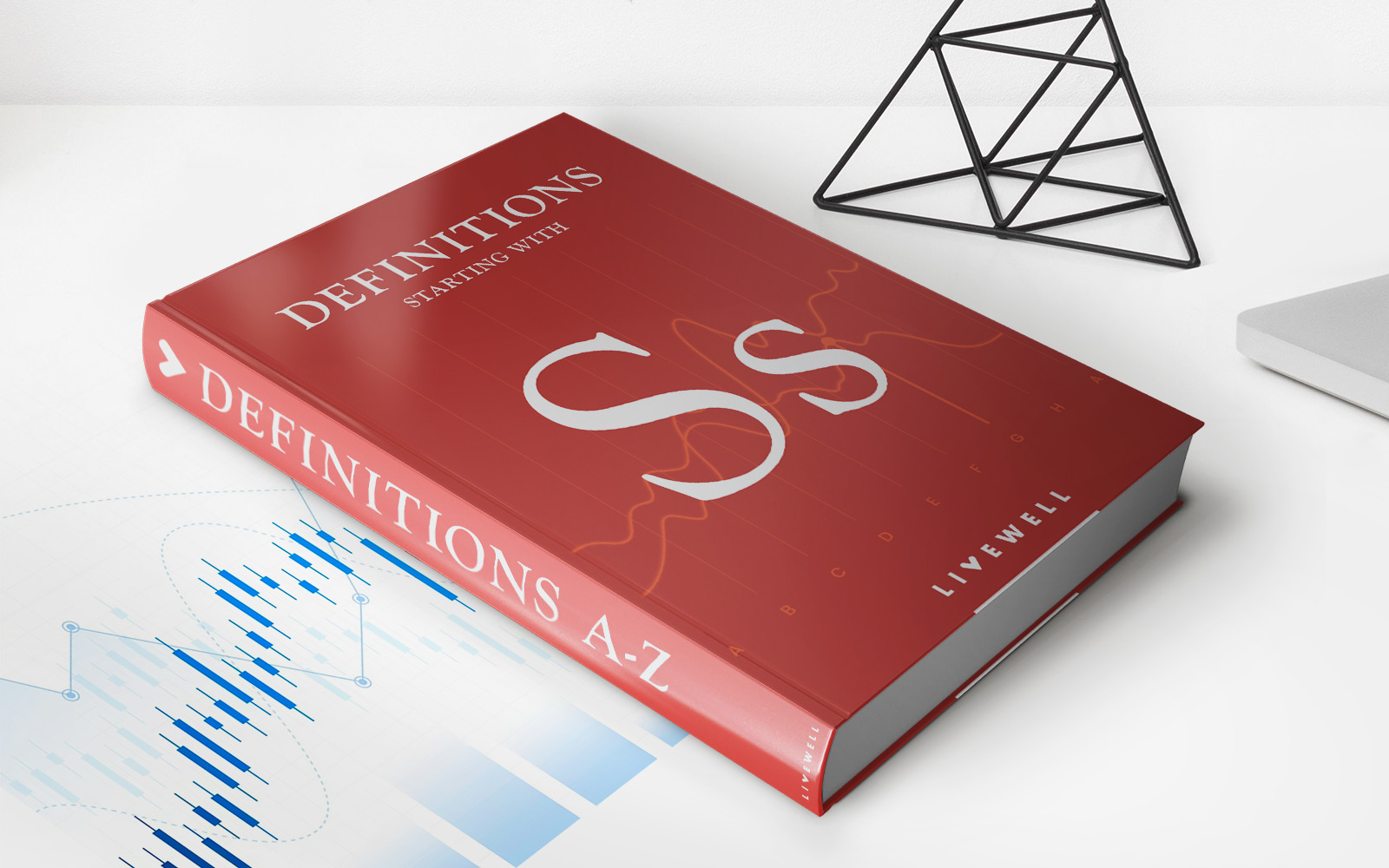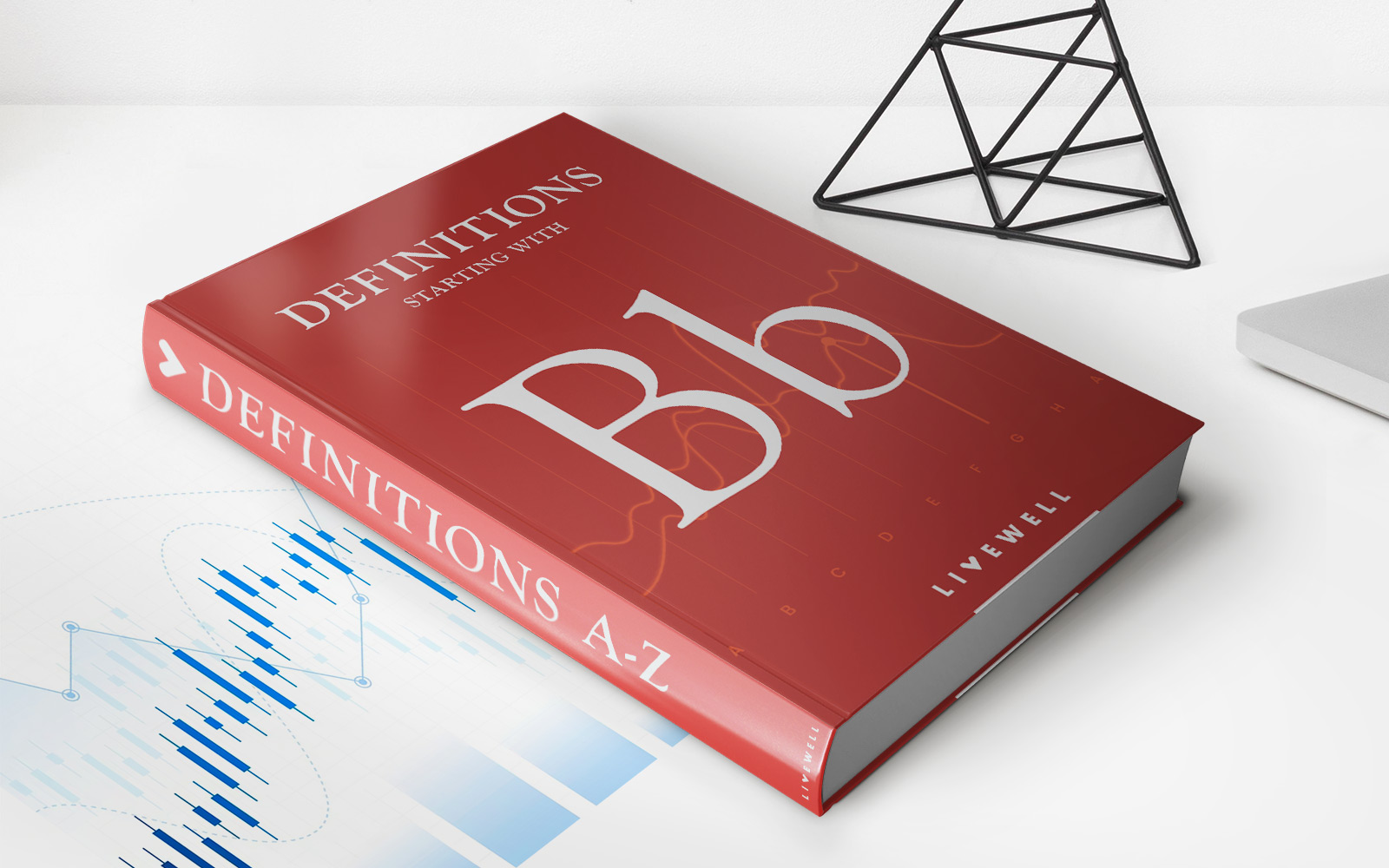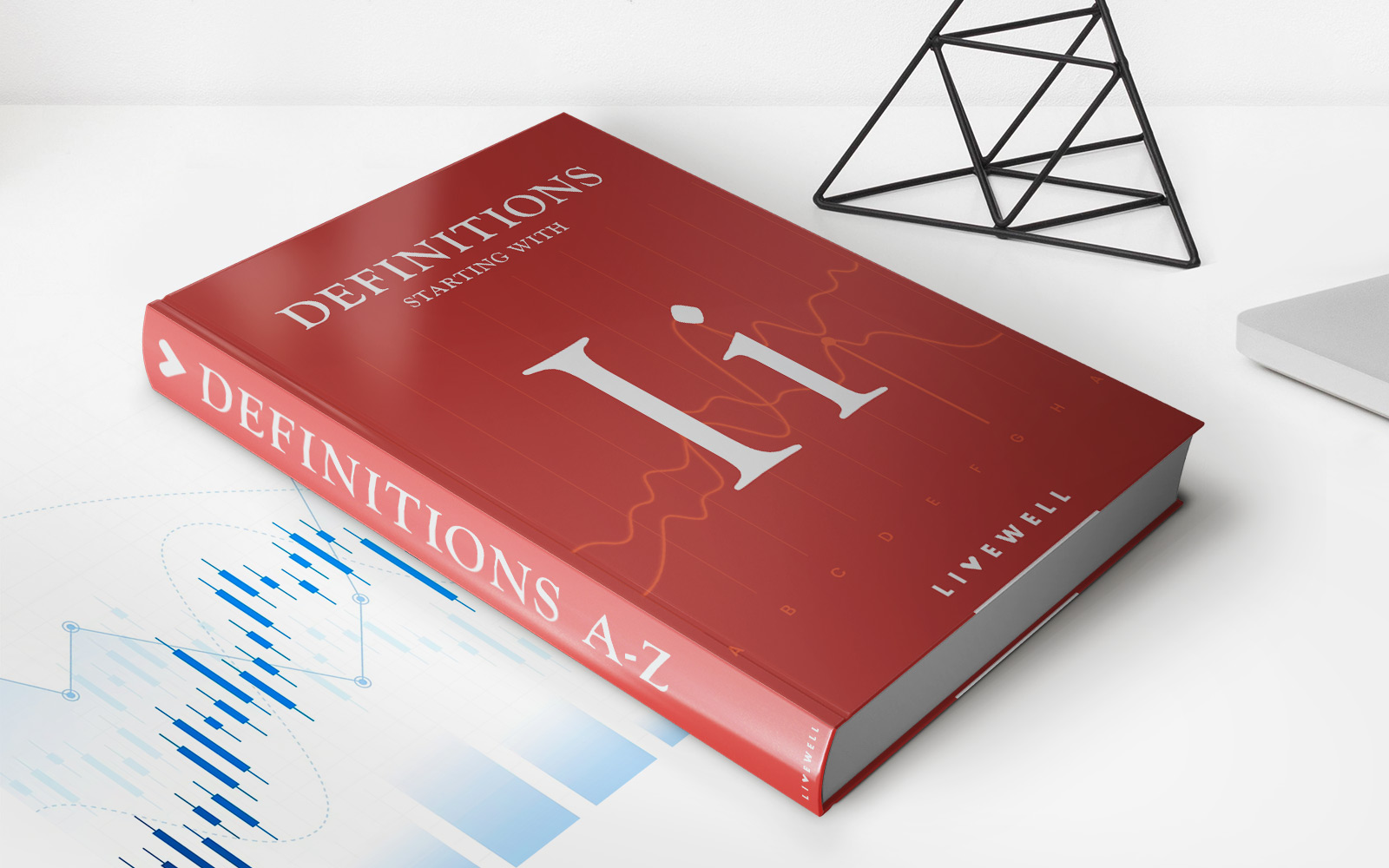

Finance
IRS Publication 5 Definition
Published: December 13, 2023
Learn the official definition of FINANCE according to IRS Publication 5. Understand the key aspects and implications of financial matters as explained by the authoritative source.
(Many of the links in this article redirect to a specific reviewed product. Your purchase of these products through affiliate links helps to generate commission for LiveWell, at no extra cost. Learn more)
Understanding IRS Publication 5 Definition: A Comprehensive Guide
Welcome to our “FINANCE” category where we provide you with expert information on various finance-related topics. Today, we will be diving into the intricacies of IRS Publication 5 Definition. If you’ve ever wondered what IRS Publication 5 is and how it affects your financial situation, you’ve come to the right place. In this guide, we will break down the important details and provide key insights to help you navigate through the complexities of the IRS guidelines. So, let’s get started!
Key Takeaways:
- IRS Publication 5 defines the term “employer” for federal income tax withholding purposes
- Understanding IRS Publication 5 can help individuals determine their tax obligations when it comes to employee-employer relationships
IRS Publication 5 is an invaluable resource for anyone dealing with income tax withholding and the determination of employer status. This publication serves as a guideline for defining who qualifies as an “employer” and helps individuals understand their responsibilities as either an employer or an employee. By referring to IRS Publication 5, individuals can ensure that they are in compliance with federal tax regulations and avoid potential penalties.
Now, you might be wondering, why is understanding IRS Publication 5 important for your financial well-being? Here are two key reasons:
- 1. Clarifying Employee-Employer Relationships: IRS Publication 5 helps determine whether a person is considered an employer or an employee for income tax purposes. This distinction is crucial as it affects various aspects, including tax withholding, tax reporting, and eligibility for certain deductions. By understanding the guidelines set forth in IRS Publication 5, individuals can correctly classify their employment relationships and ensure proper compliance with tax regulations.
- 2. Avoiding Penalties and Audits: Failing to comply with IRS guidelines regarding employee-employer relationships can lead to penalties, audits, and unnecessary financial stress. Understanding IRS Publication 5 can help individuals identify potential red flags and proactively address any areas of concern. By staying compliant with the guidelines outlined in IRS Publication 5, you can minimize the risk of facing penalties or audits from the IRS.
So, how do you go about understanding IRS Publication 5 in detail? Well, the best way is to directly refer to the official publication provided by the IRS. IRS Publication 5 covers a wide range of topics, including the criteria for determining employer status, the responsibilities of both employers and employees, and information on classes of employees. By thoroughly reading and understanding this publication, you can gain the knowledge necessary to navigate the complexities of employee-employer relationships.
Remember, staying informed and up-to-date with IRS guidelines is crucial for proper tax planning and ensuring compliance. In the world of finance, knowledge is power, and understanding IRS Publication 5 can empower you to make informed decisions when it comes to your financial obligations.
In conclusion, IRS Publication 5 Definition is a critical resource for anyone navigating the complexities of income tax withholding and determining employer status. By familiarizing yourself with the guidelines presented in this publication, you can avoid potential pitfalls and comply with federal tax regulations. So, don’t hesitate! Dive into IRS Publication 5 today and take control of your financial journey.
